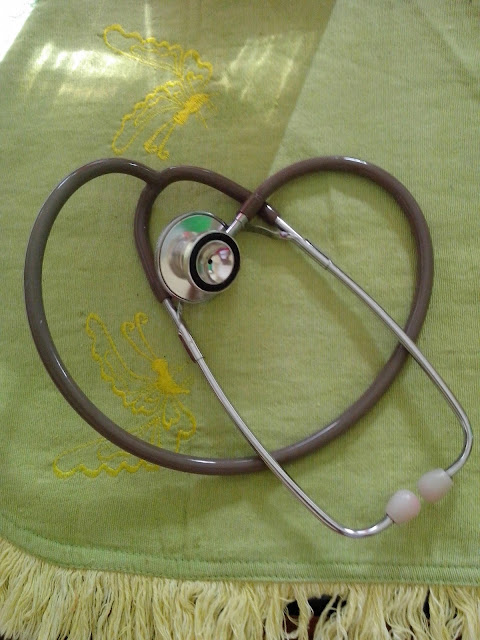A stethoscope is a medical device for listening to sounds inside the body. The initial stethoscope was invented in the early 19th century by French physician Ren� Laennec, but was actually trying to achieve a rather different end: doctor-patient distance....
Sunday, September 7, 2014
Maternal and Neonatal Care
Because of its profound emotional implications for mother and
child, maternal-neonatal care requires expertise that goes beyond clinical
skills. Such care must combine clinical competence, sensitivity, and good
judgment. It must consider the patient's sexuality and self-image and recognize
changing social attitudes and values—especially those concerning conventional
and alternative methods of conception and childbirth.
More than 4 million infants are born in the United States each
year. Many are born with considerably less medical intervention than was
customary in previous decades, and many were conceived with considerably more
intervention. As a result, nurses today must be prepared to implement or assist
with a wide range of procedures.
If you're working with a pregnant patient, you'll need to use your
teaching skills. For instance, you may be called on to organize and direct
natural childbirth classes or to teach the mother-to-be how to breathe and
control pain during childbirth. You may teach fathers and other support persons
to participate in childbirth by providing comfort and direction.
You may also be asked to give information about childbirth options.
Although most births still occur in a hospital, many parents inquire about
delivery in a birth center. Usually located on the maternity unit of a hospital
or sponsored by a childbirth association, a birth center combines the advantages
of a homelike setting with the emergency medical and nursing interventions
available in a hospital. Today's nurse may staff or direct the birth
center.
Historically, the midwife has been a fixture in remote or poor
communities. Today's professional nurse-midwife, however, brings advanced
technical skills and certification to diverse communities—urban center to
country town alike. She may work in collaboration with—or be supervised by—a
physician or a group. In some areas, she may even practice independently. In
fact, several states permit insurers to make direct payment to the nurse-midwife
for her services.
Accompanying the changes in maternity care are changes in neonatal
care—thanks to advanced knowledge and techniques for improving fetal
monitoring and promoting neonatal survival. New clinical evaluation methods,
combined with new electronic and biochemical monitoring techniques, allow
improved neonatal care. To make use of these advances, you must be familiar with
neonatal physiology, procedures, and equipment.
Subscribe to:
Posts (Atom)
Powered by Blogger.





